The time to invest in Nepal is now!
- The market is sizable, has opened up and is yet to be tapped.
- Foreign direct investment has been made easy and risk-free.
- The competitive environment is benevolent.
- The operation and labour costs are low.
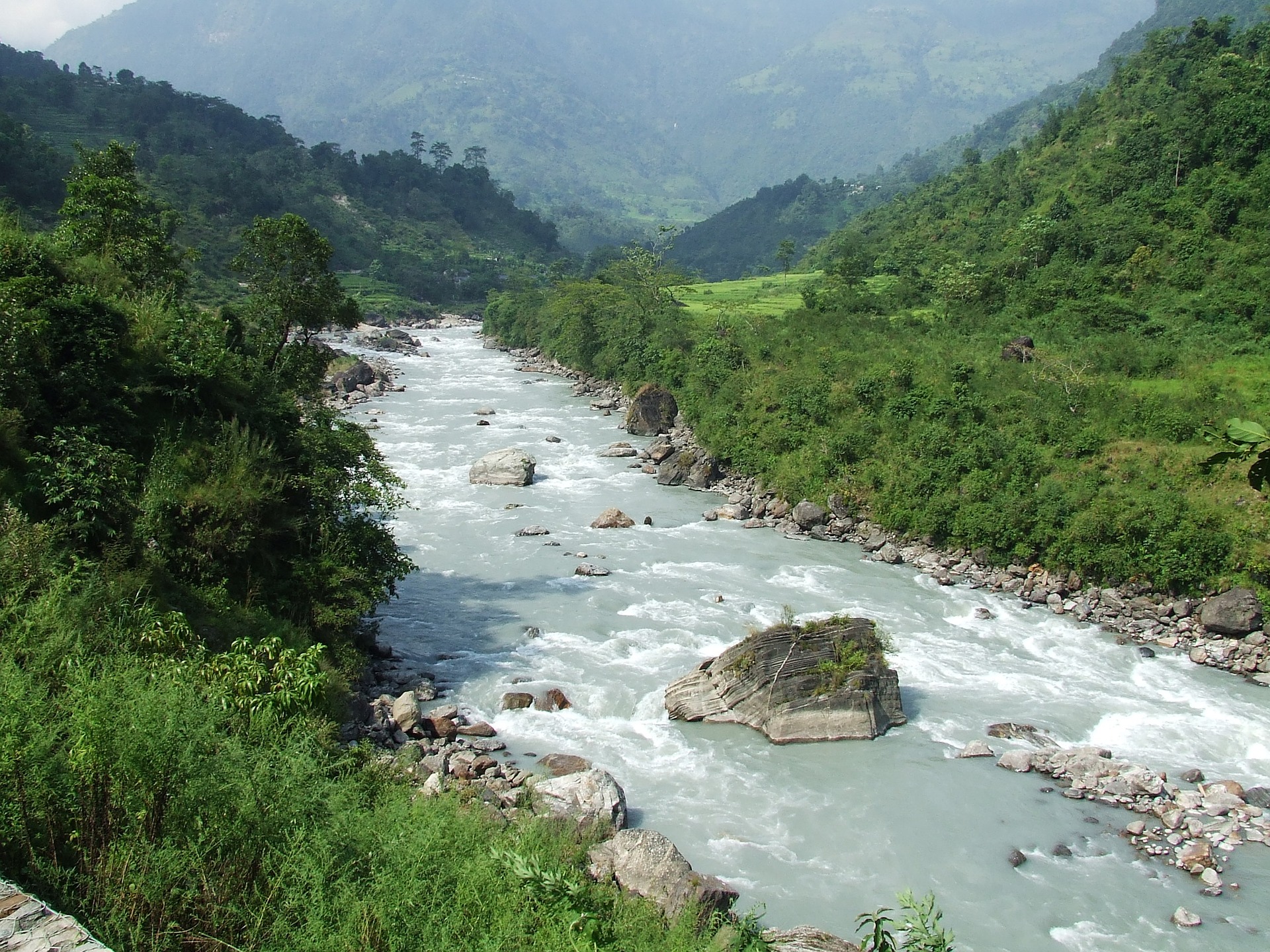
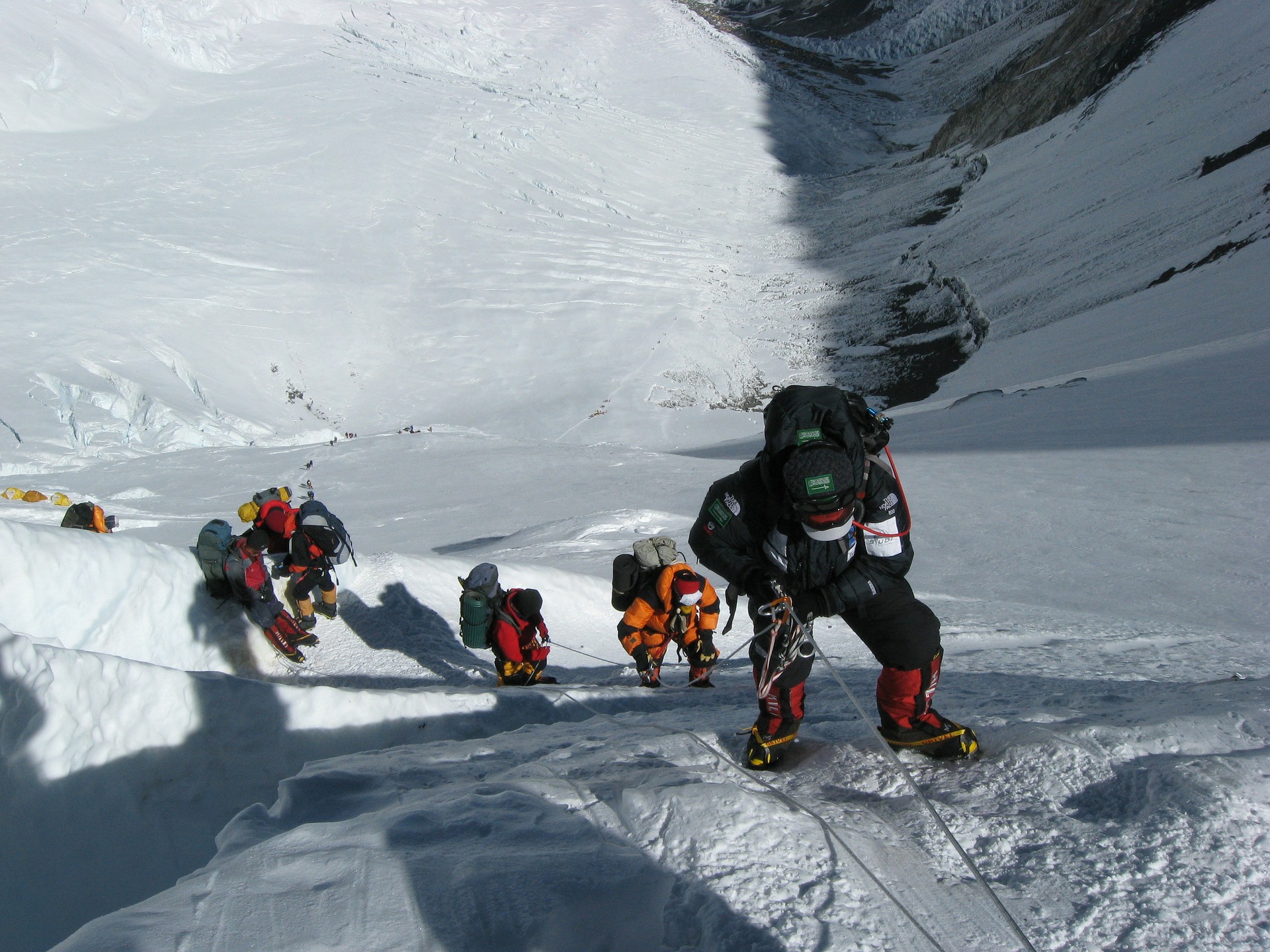
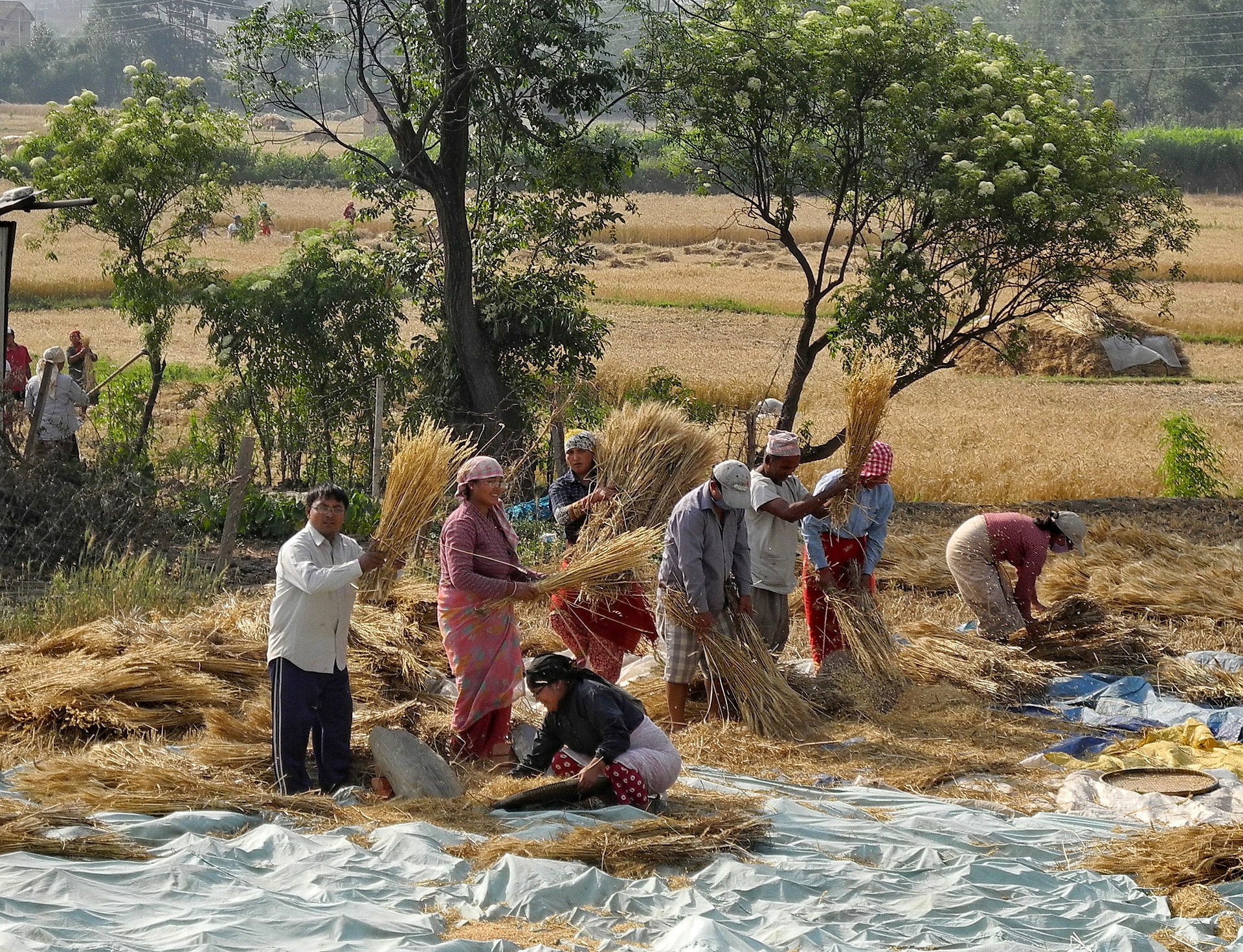
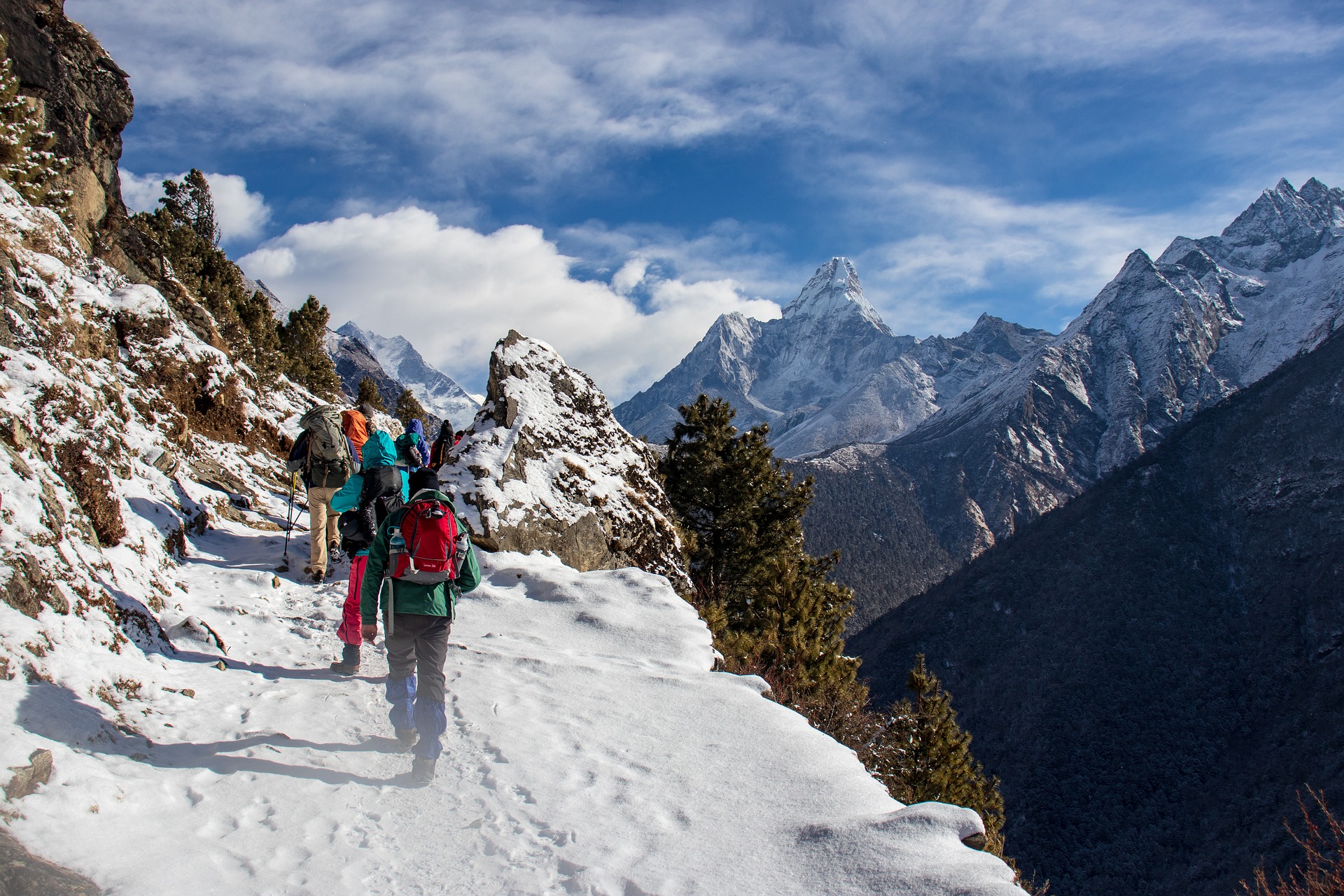
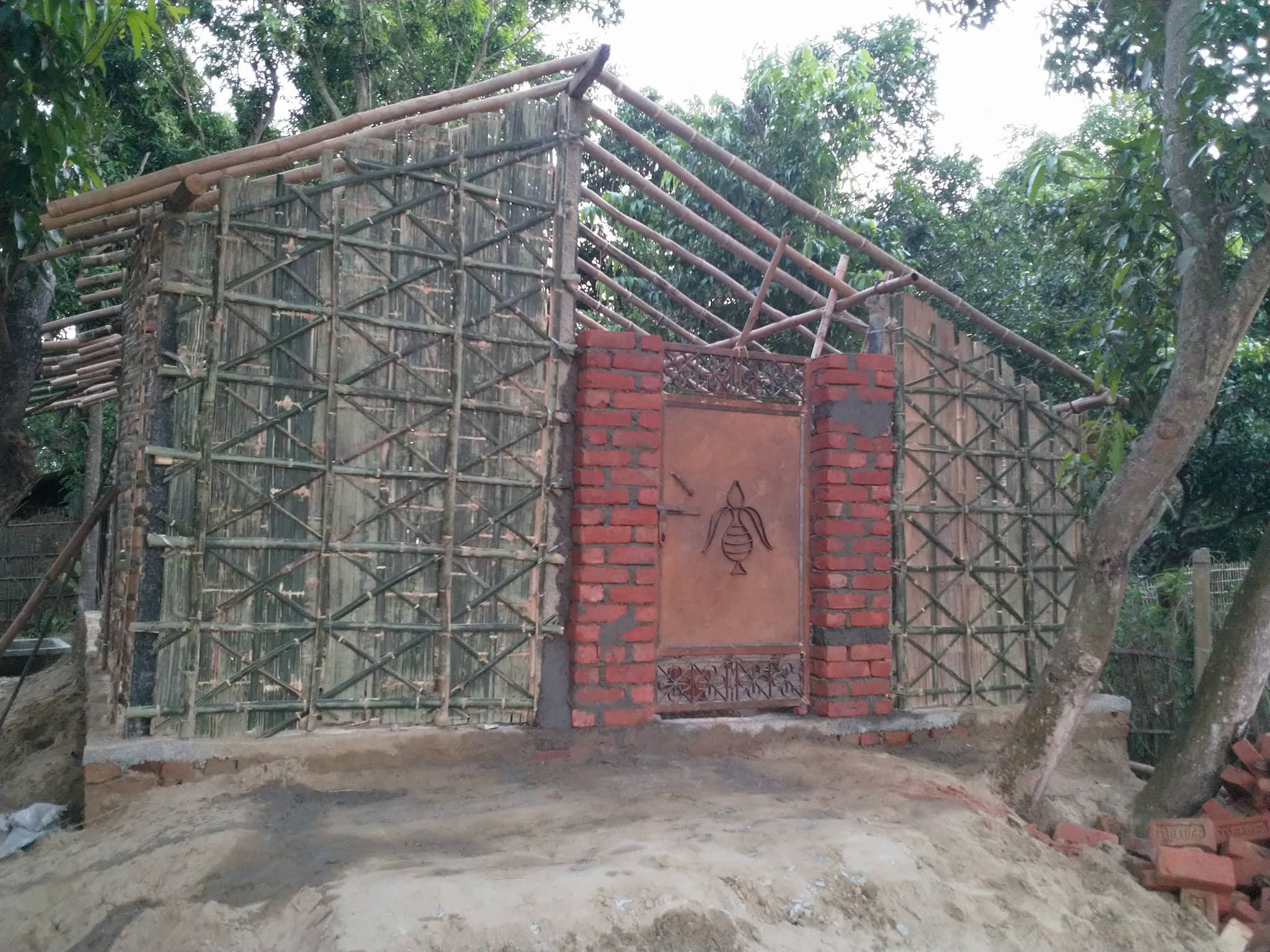

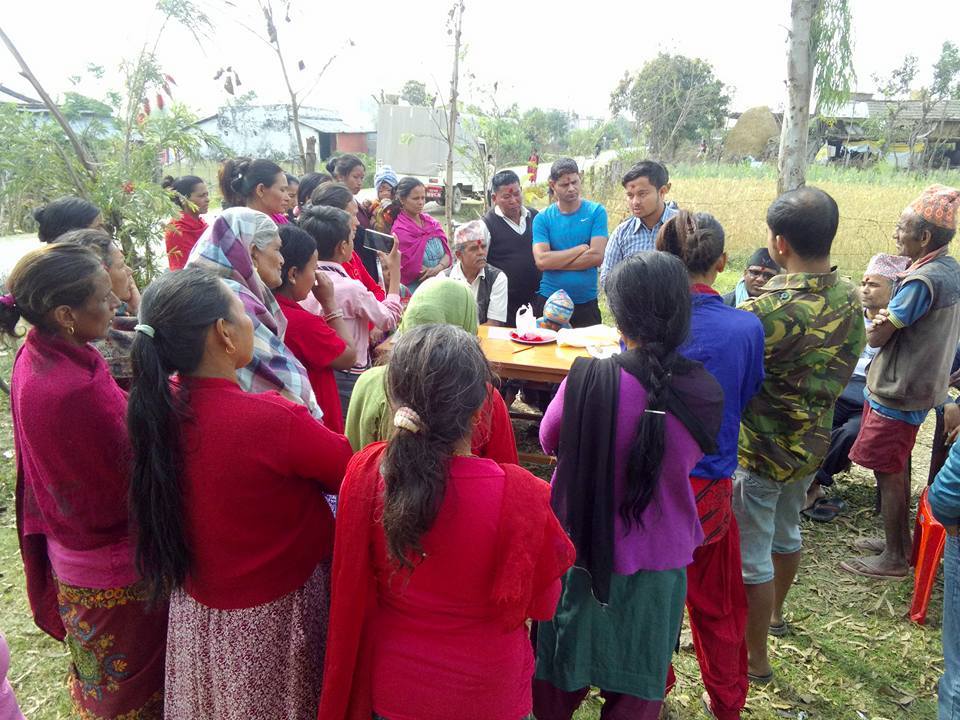

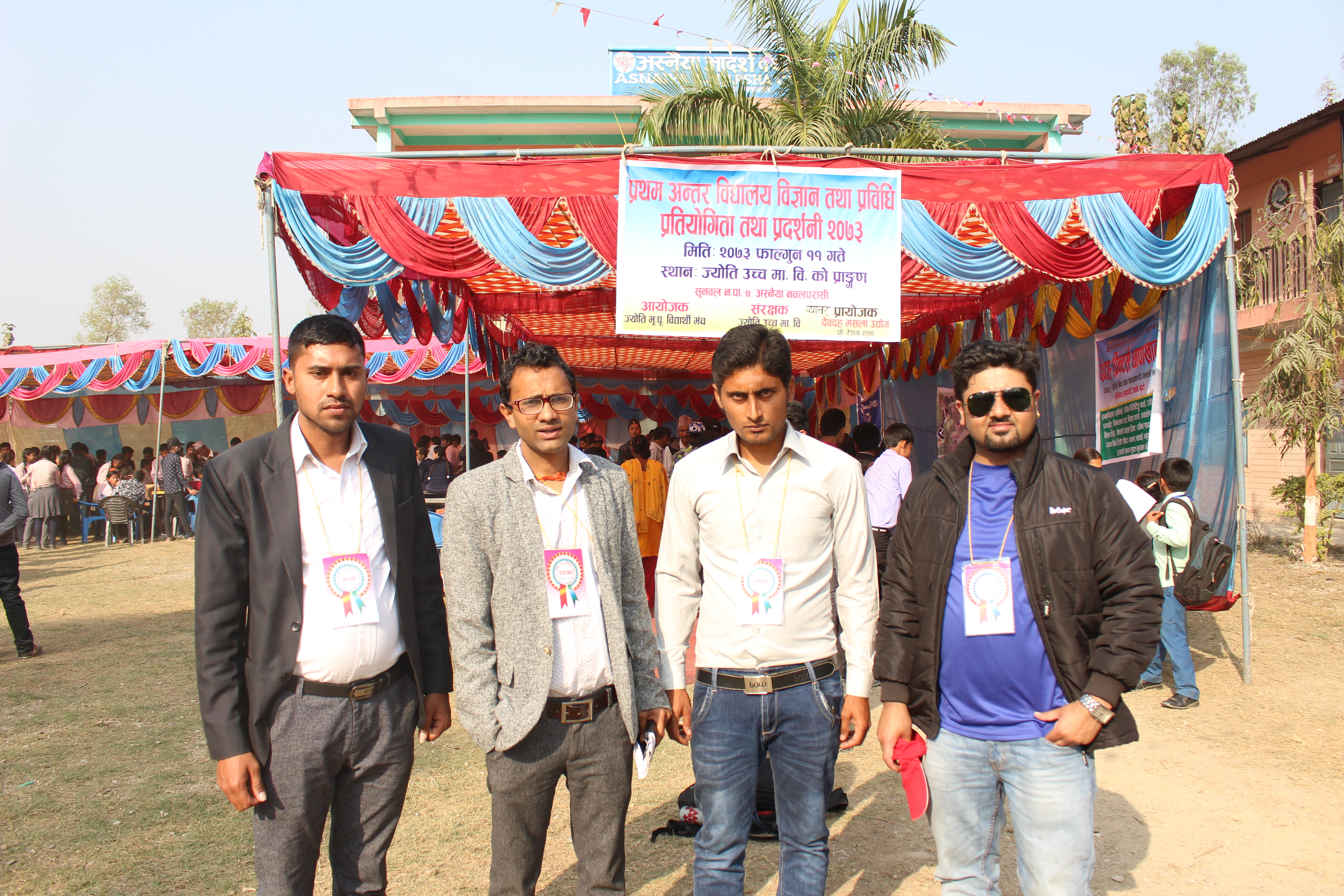

Get to know Nepal with us !
- Learn about business opportunities and practicalities in Nepal.
- Probe the Nepali market with the help of local students.
- Elicit new, innovative ideas to your business challenges.
- Get access to entrepreneurial talent and potential recruits.
- Network with other businesses operating in the region.
- Review concrete, context-relevant business proposals, cash flow calculations, and analyses.
- Explore potential joint ventures
HOW TO PARTICIPATE ?
The Innovation Bootcamp takes place in November 24-28, 2019 in Pokhara, Nepal. The Bootcamp offers many ways to scout out investment and business opportunities in Nepal. This is your opportunity to get an initial exposure to the Nepali market with little investment and risk. As a Finnish business, you will also be eligible to Finnpartnership’s business partnership support. Come to our information workshop (in June 3 in Oulu or June 6 in Helsinki) to learn more about these opportunities as well as about our products:
500€
Foot in the Door
- Obtain students’ help in turning your business problem/challenge into a market-ready innovation.
- Visibility on site and online.
- Name, description, logo & contact information.
- Summary sheets and contact details of partaking start-ups.
900€
Virtual Espresso
- All features from "Foot in the door".
- Matchmaking by Nepal Go: active lookout for collaboration
- opportunities between Nepal and Finland; two or more qualified introductions
1700€
Seat at the Table
- All features from "Foot in the door and virtual espresso".
- On-site presence at the Bootcamp
- Membership in the Grand Jury that evaluates the business ideas
- Mentoring opportunities.
- + 800 EUR: Keynote address at the Bootcamp
- + 800 EUR: Keynote address at the Bootcamp
Why Invest in Nepal?
Nepal is a relatively big market with a population of 29 million people, and another 300 million living in border cities in India. It is located in between China and India – two major markets in Asia – and has open border access to India. Having gone through lengthy and complex transition from signing the Comprehensive Peace Agreement in 2006 to establishing a new Constitution in 2015 and holding democratic elections in 2017, the country exhibits optimism for greater political stability, inclusion, good governance and sustainable growth.
Due to having been a closed country until the recent democratisation, Nepal is relatively underdeveloped and still lacks a lot of basic infrastructure. This is quickly changing, as the country is developing from landlocked to land-linked, planning to connect all of Nepal and beyond and to provide a corridor that connects India with China. Large infrastructure projects such as Tribhuvan International Airport extension ($500 million), Pokhara International Airport ($217 million), and Kathmandu Ring Road expansion ($55 million), are currently underway.
The country is suffering from a severe trade deficit, importing 13 times more (Rs 893.1 billion) than it exports (Rs 67.4 billion; as of 2017). Imports include petroleum products, iron and steel, machinery and parts, transport vehicles, cereals; while wool, yarns, juices, iron and steel products, readymade garments represent major export articles.
To boost the production and exports, Nepal wants to make it easy for foreigners to do business in the country: 100 % foreign direct investment is offered in various sectors, e.g. manufacturing, mining and construction, energy, agriculture, information technology, healthcare. Full repatriation of capital and profit to the investor’s home country is allowed. Just a minimum of 50 thousand US dollars FDI is required.
Investor-Friendly Environment
BIPPA (Bilateral Investment Promotion and Protection Agreement) is a legal agreement between Finnish and Nepalese governments, signed in 2009, that safeguards Finnish investors from non-commercial losses due to riots, terrorist attacks, wars, etc. As per this agreement, Finnish investors entertain rights equal to local entrepreneurs.
The level of competition in Nepal is low, as is the cost of operations. Labour is inexpensive and readily accessible, although highly skilled and educated workforce may be in short supply.
The tax rate is 25–30 %. Several tax concessions apply, e.g. 100 % tax exemption for oil and gas as well as electricity generation, transmission and distribution companies for the first seven years and 50 % for the next three years; 100 % tax exemption for companies within tourism and aviation industries that are increasing their capacity by at least 25 % and are employing 500 or more employees.